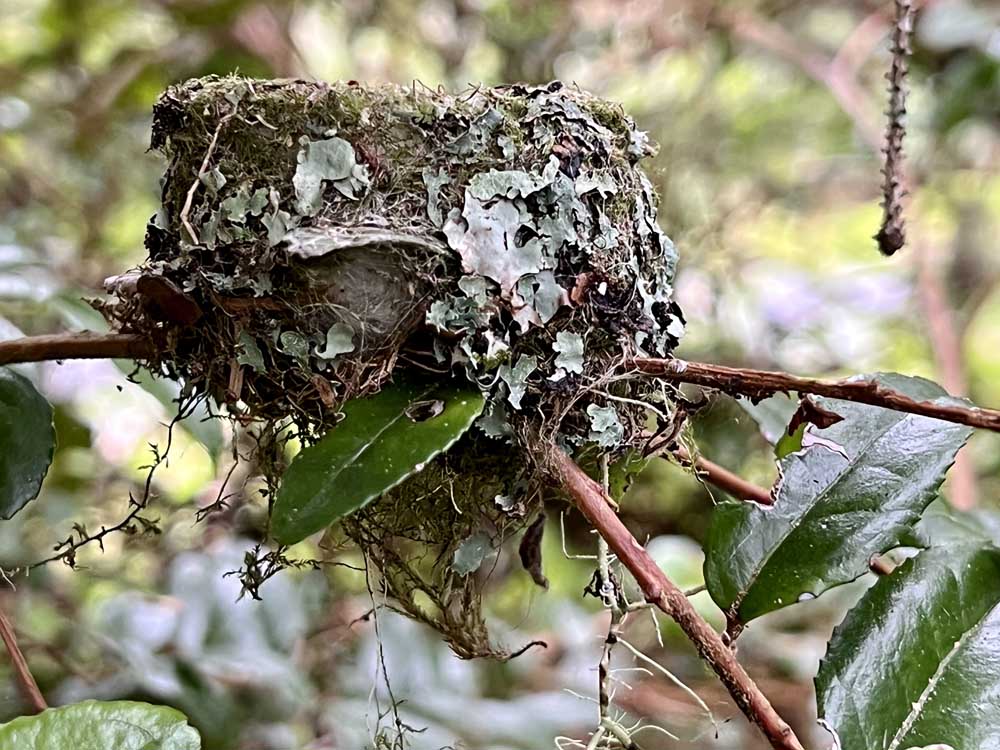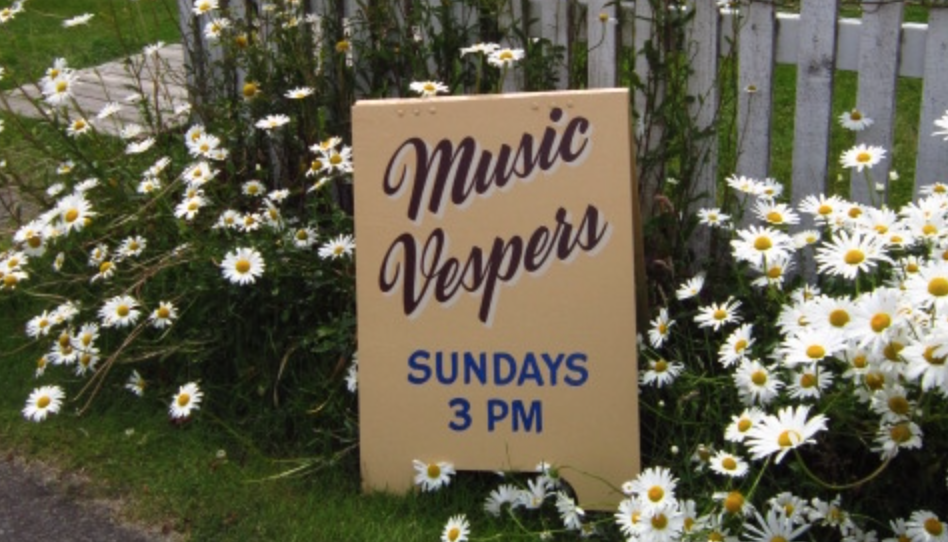Birding: How to find nests and identify them
Published 10:36 am Wednesday, September 28, 2022

- The Anna’s humminbird decorates the oustside of its nest with moss and lichen to camouflage it. It is a tiny nest at 1inch in diameter.
Autumn has arrived. Nesting season is over, and the colorful leaves of fall are beginning to cover the ground with reds, yellows, browns, and oranges. Once the leaves are down nest finding becomes easier. The question is, why would one even bother to look for nests? The Cornell Lab of Ornithology argues that we can improve our bird identification knowledge by learning to recognize the species by nests and eggs. In addition, it is suggested that knowledge of our nesting birds also provides information that we can use to help preserve and protect vital habitat in our yard or elsewhere.
Most bird’s nests are usually quite specific to the species, but some birds don’t even build a nest. These, like the killdeer, make a shallow scrape on the ground where they lay their eggs. Location of nests can be almost anywhere. Besides on the ground, nests can be situated in trees, cliff sides, man-made structures and even burrows. Barn swallows, for example, almost exclusively use man-made structures, while the American robin will make a nest in a tree or shrub as well as on a man-made structure such as a window ledge or on the platform of a household ladder.
Looking for nests in winter is a good time to learn where to look for nests. This is excellent because the birds who are nesting won’t be disturbed. It may add to the difficulty of deciding which species the nests belong to but finding a nest will form a picture in your mind’s eye so that it will be easier to see or locate a nest in the spring without disturbing the bird. Keep in mind that many birds will build a nest in the same area as in previous years. Winter is a good time to practice nest finding.
Years ago, I was interested in locating a red-tailed hawk’s nest, just so I would know what it looked like. I was doing a breeding bird census at the time so the knowledge of what I was looking for would help enormously with my breeding bird census. A fellow birder took me to the edge of a woodlot where a red-tailed hawk had taken up residence. Using binoculars, I looked from the roadside edge. Since that first sighting I have always been able to find and identify with certainty a red-tail’s nest. Just seeing the structure and the nest’s overall appearance made me a much better and accurate citizen scientist during the study.
As we know, most birds nest in the spring and early summer, but some such as the American goldfinch, cedar waxwing and even the barn swallow tend to nest later. The latter will often nest twice or more in which case these young may not fledge until early September. In spring the trick is to watch and listen. Listening to bird song will at the very least, tell you who is nesting in your yard, nearby area, or favorite birding patch. Always watch from a distance so as not to disturb the mating ritual or nest building. A bird’s song often gives the location of the nest away. In addition, you can also watch for birds carrying nesting material. Using binoculars, you can try to follow the birds from a distance. If you are lucky enough to locate a nest under construction, be sure not to disturb the process. Always stay a goodly distance away.
Most field guides mention nests and the nesting materials used by each species. Some birds such as hawks build their nests mainly of sticks. Whereas American robins builds a sturdy nest of made of grasses and twigs which is reinforced with mud and lined with fine grass. Robins and other thrushes will also add man made materials such as paper, cellophane, and string to their creation. Learning which species uses which material, location and song together go a long way in helping to ID nests and the birds that go with them.
Happy birding!





